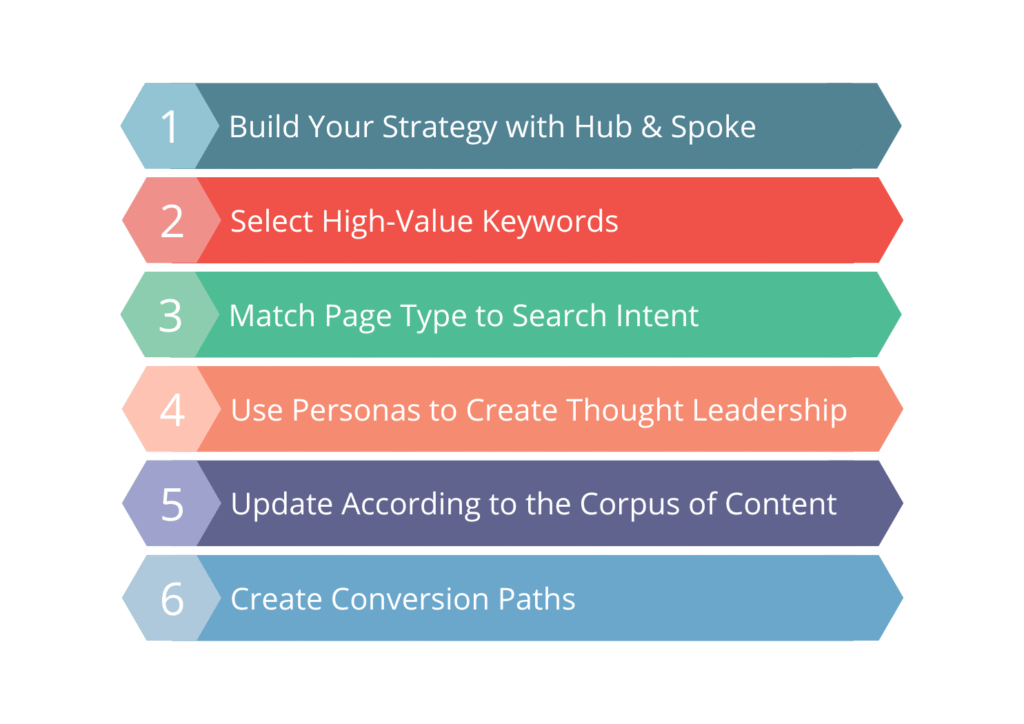Boost Conversions with Traffic Finance Advice
Driving traffic is only part of the equation for digital success. The real challenge lies in converting that traffic into meaningful business outcomes. For marketers, understanding how to leverage finance-driven tactics can make a significant difference. Conversion boosting tips help bridge the gap between attracting visitors and turning them into paying customers.
Optimizing conversion is not a one-size-fits-all process. Every website, ad campaign, and sales funnel presents unique challenges. By integrating sales finance hacks, businesses can identify which touchpoints drive revenue and which drain resources. These insights enable smarter allocation of marketing budgets and better targeting of high-value prospects.
Understanding the Conversion Funnel
Before implementing advanced strategies, it is vital to map out the conversion funnel. Each stage—from awareness to consideration to purchase—requires specific attention. Identifying friction points, such as slow-loading pages, unclear call-to-actions, or overly complicated forms, allows businesses to apply targeted improvements. The more seamless the user journey, the higher the probability of conversion.
Leveraging Profit Conversion Ideas
Maximizing conversions involves creative and financial ingenuity. Profit conversion ideas can include implementing tiered pricing strategies, offering bundled deals, or providing limited-time incentives. These techniques appeal to both rational and emotional drivers, encouraging prospects to complete purchases. By integrating finance-aware tactics, businesses can balance enticing offers with maintaining profitability.
Optimizing Traffic Sources
Not all traffic is created equal. Focusing on high-intent traffic sources ensures that marketing efforts reach audiences with a greater likelihood of conversion. Paid search, retargeting campaigns, and social media ads with precise demographic targeting are particularly effective. Analyzing historical performance data helps determine which channels contribute the most to revenue, allowing marketers to invest intelligently.
A/B Testing and Iterative Improvements
Conversions improve through systematic experimentation. A/B testing landing pages, ad creatives, and call-to-action placements reveals what resonates best with visitors. Iterative testing ensures that adjustments are backed by data, reducing the risk of implementing ineffective strategies. Over time, these incremental improvements compound, resulting in significant uplift in conversion rates.
Streamlining the Checkout Process
The final steps of the purchase journey are critical. Simplifying checkout with minimal clicks, secure payment gateways, and transparent pricing reduces drop-offs. Incorporating options such as guest checkout, multiple payment methods, and clear return policies builds trust and encourages completion. Every detail matters when optimizing for conversions.
Personalization and Audience Segmentation
Modern marketing thrives on personalization. Segmenting audiences based on behavior, demographics, or purchase history allows for tailored messaging. Personalized emails, product recommendations, and retargeting ads increase relevance and drive engagement. When users feel understood, they are more likely to take action, boosting both conversion rates and customer loyalty.
Data-Driven Decision Making
Effective traffic finance strategies rely heavily on analytics. Monitoring metrics like conversion rate, average order value, and cost per acquisition provides actionable insights. By tracking performance, marketers can identify patterns, predict trends, and allocate budgets toward initiatives that generate the highest returns. Revenue growth strategies become practical and measurable when driven by accurate data.
Leveraging Urgency and Social Proof
Psychological triggers are powerful tools in conversion optimization. Limited-time offers, low-stock alerts, and countdown timers create urgency, encouraging quicker decisions. Similarly, showcasing customer reviews, testimonials, and case studies builds trust and credibility. Combining these elements with finance-aware marketing tactics can significantly influence purchase behavior.
Automation for Efficiency
Automating follow-ups, cart abandonment emails, and lead nurturing sequences ensures that no opportunity is missed. Automation allows businesses to engage prospects consistently, even when manual resources are limited. Coupled with strategic segmentation, automated campaigns can maintain relevance and drive conversions on autopilot.
Continuous Optimization
The digital landscape is dynamic, and conversion strategies must evolve accordingly. Regular audits, performance reviews, and competitor analyses help marketers stay ahead. By continually refining approaches, integrating new technologies, and applying finance-centric insights, businesses can sustain high conversion rates while maintaining profitability.
Conclusion
Boosting conversions requires a harmonious blend of creativity, strategy, and financial insight. By implementing conversion boosting tips and applying sales finance hacks, businesses can maximize the value of every visitor. Integrating profit conversion ideas and leveraging revenue growth strategies ensures that increased traffic translates into measurable business success. With thoughtful planning, data-driven decision-making, and continuous optimization, conversion rates can reach new heights, creating a sustainable competitive advantage.

